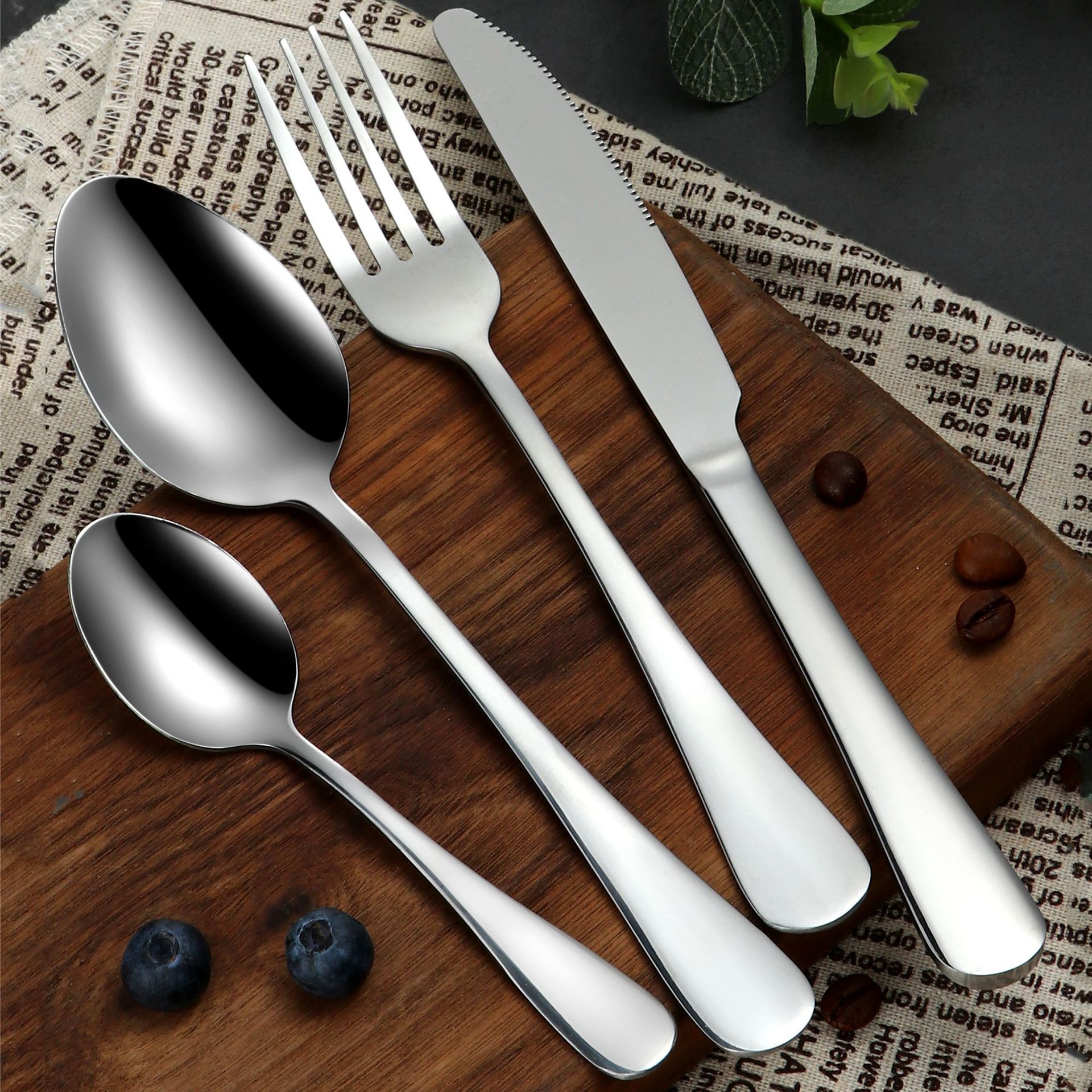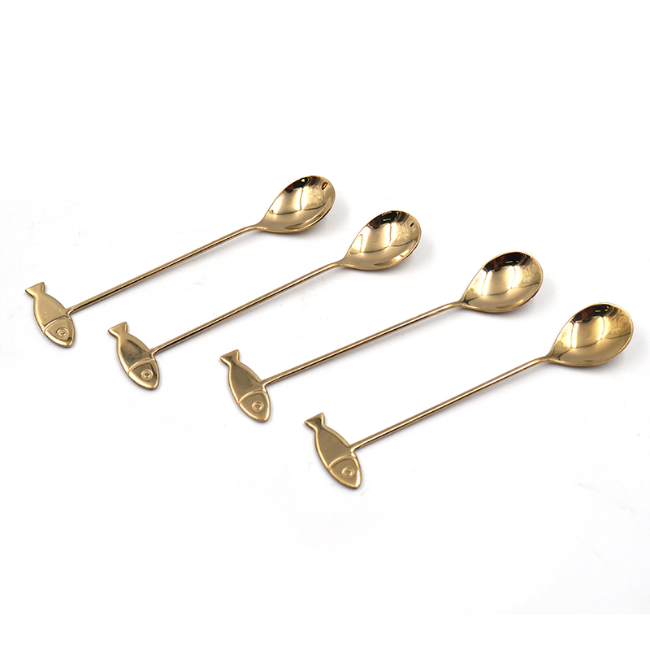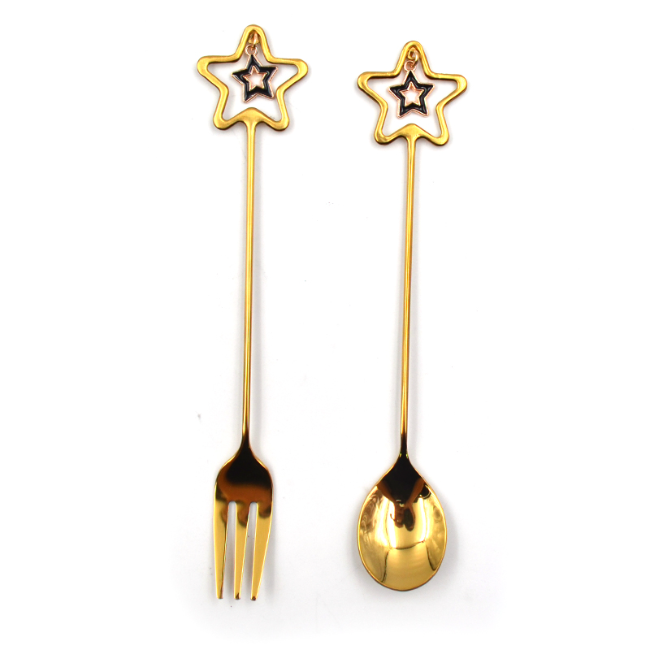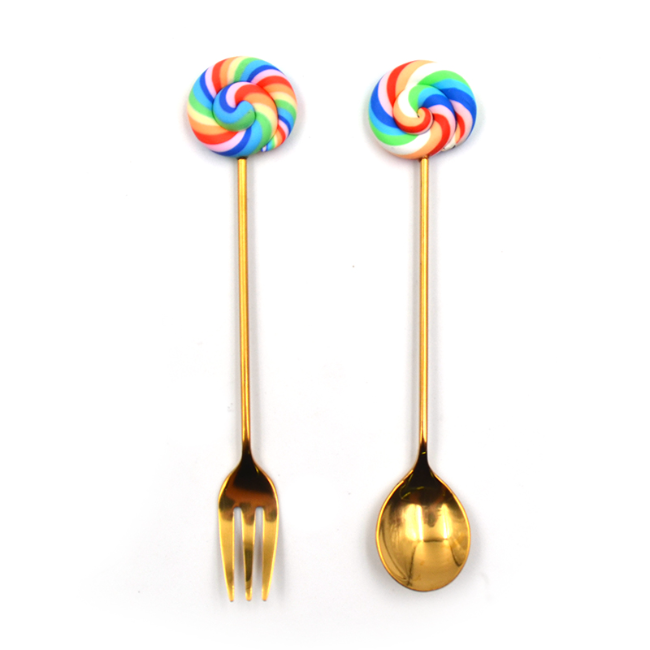
29 May
How Long Does It Take for Plastic Cutlery to Decompose?
How Long Does It Take for Plastic Cutler...
How Long Does It Take for Plastic Cutlery to Decompose?
Plastic cutlery is a staple in many households and businesses due to its convenience and low cost. However, one major downside of plastic cutlery is its environmental impact. Many people wonder: how long does plastic cutlery take to decompose? In this article, we’ll explore the decomposition timeline of plastic cutlery and how it compares to other types of cutlery, such as knife color, serving knife, and unusual kitchen knives from renowned manufacturers like Homefelt.
1. What is Plastic Cutlery?
Plastic cutlery is made from petroleum-based plastics such as polystyrene, polypropylene, or polyethylene. These materials are inexpensive to produce and lightweight, making them ideal for single-use applications. However, the major issue with plastic cutlery is that it is not biodegradable and can take hundreds of years to break down.
2. How Long Does Plastic Cutlery Take to Decompose?
Plastic cutlery does not naturally break down like other materials, leading to its environmental persistence. Depending on the specific type of plastic, plastic cutlery can take anywhere from 200 to 1,000 years to decompose fully. The decomposition process is extremely slow, and as plastic sits in landfills or oceans, it can cause long-term harm to wildlife and ecosystems.
Polystyrene Plastic: Commonly used in disposable cutlery, polystyrene plastic can take over 1,000 years to decompose. It is resistant to environmental factors, making it especially problematic for the environment.
Polypropylene & Polyethylene: These plastics, while slightly more durable, can take anywhere from 500 to 1,000 years to break down in a landfill. They pose significant risks to ecosystems, especially when not properly disposed of.
3. Comparing Plastic Cutlery to Other Types of Cutlery
When it comes to durability and longevity, plastic cutlery is far less ideal than higher-quality materials like serving knives or unusual kitchen knives. Let’s explore these alternatives:
Knife Color & Stainless Steel Cutlery: High-quality stainless steel cutlery, such as those found in knife block set stainless steel, lasts for years with proper care. Unlike plastic cutlery, which needs to be disposed of after a single use, stainless steel is reusable and extremely durable.
Serving Knives & Specialty Cutlery: Serving knives and unusual kitchen knives are crafted for precision and longevity. Made from durable materials, they can last for a lifetime with proper care, unlike plastic cutlery, which can only be used once.
4. The Role of Homefelt in Sustainable Cutlery Production
Homefelt has a strong commitment to sustainability. Their range of stainless steel cutlery and serving knives offers customers high-quality alternatives to plastic cutlery. By investing in durable cutlery, consumers can reduce their reliance on single-use plastic products and make a positive environmental impact. Homefelt’s collection of cutlery is designed with longevity and sustainability in mind, ensuring that their products stand the test of time.
5. Conclusion
Plastic cutlery takes hundreds to thousands of years to decompose, creating significant environmental challenges. While alternatives like serving knives or unusual kitchen knives made from durable materials offer long-term solutions, the best choice for sustainability is to reduce our reliance on disposable plastics. Homefelt provides a wide range of high-quality, durable cutlery that promotes sustainability and longevity, ensuring that you can make responsible choices for both your kitchen and the planet.





